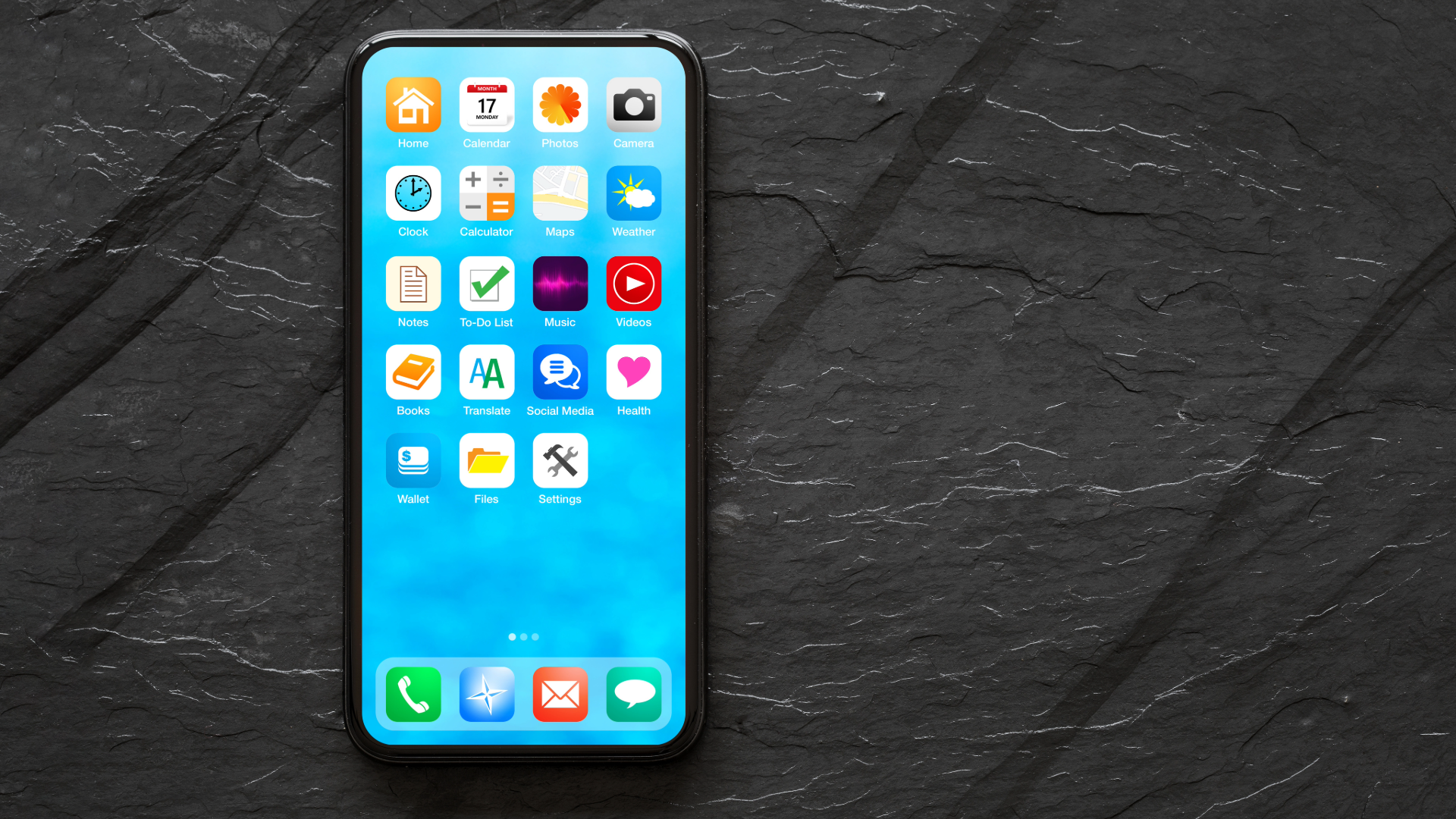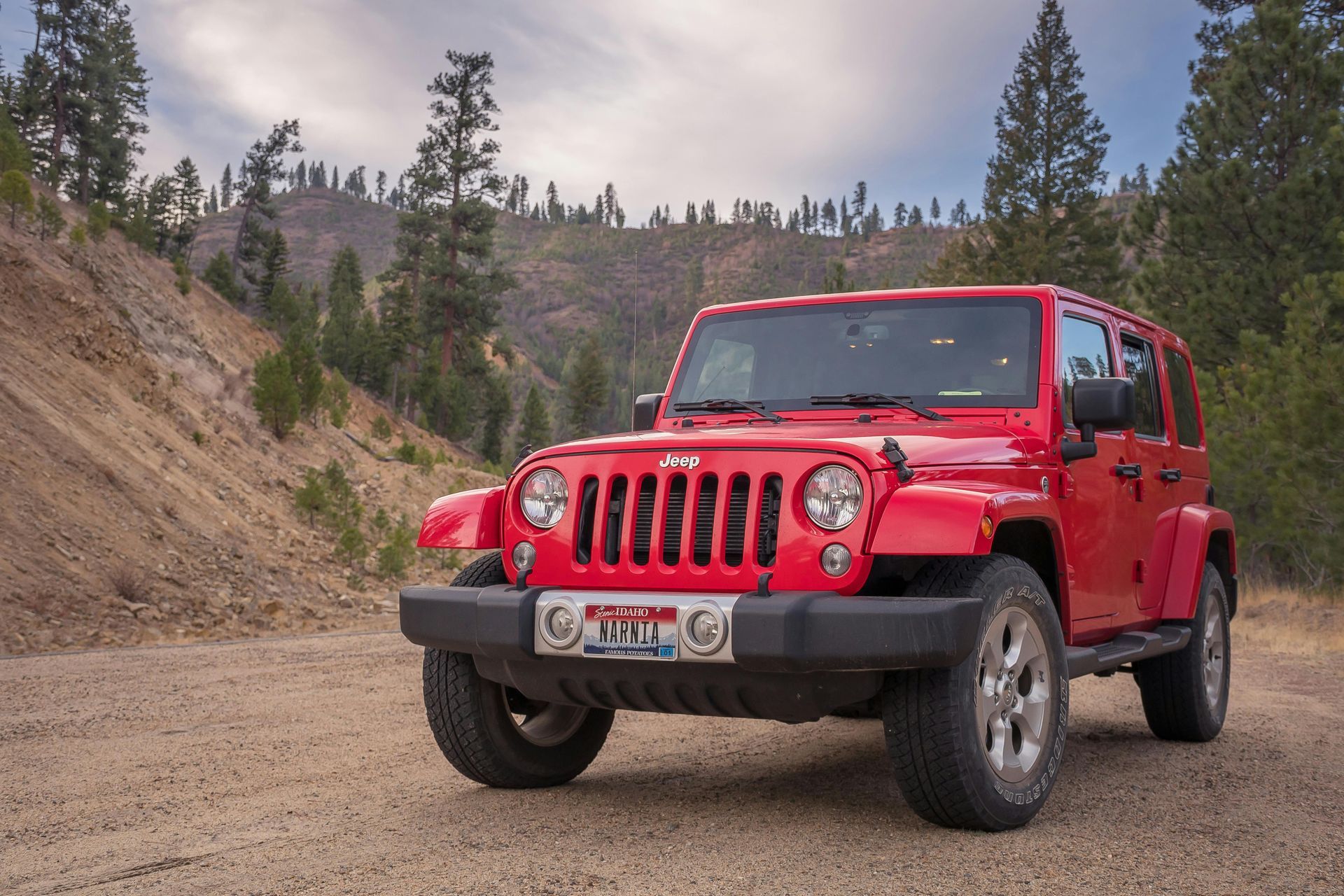Classic vs. Standard Car Insurance
Justin Sonon • August 14, 2025
Know the difference between classic and standard car insurance?

Why You May Want to Consider Classic Car Insurance Instead of Standard Auto Insurance
If you own a vintage ride — whether it’s a fully restored ’67 Mustang, a sleek ’50s Cadillac, or a quirky collector’s VW Beetle — you know it’s more than just transportation. It’s a piece of history, a passion project, and maybe even a family heirloom. That’s why classic car insurance is often a smarter choice than standard auto insurance.
What Is Classic Car Insurance?
Classic car insurance is designed specifically for vehicles that are older, collectible, and often driven less frequently than daily drivers. While qualifications vary by insurer, most require the vehicle to be:
Usually between 15–25 years old (varies by state and insurer)
In good condition or fully restored
Driven only for special occasions, events, or leisure — not daily commuting
Why Choose Classic Car Insurance Over Standard Auto Coverage?
1. Agreed Value Coverage
Unlike standard auto insurance, which pays out the depreciated “actual cash value” of your car, classic car insurance often uses an agreed value. You and the insurer agree in advance on what the vehicle is worth — so if it’s totaled, you get that amount with no depreciation deductions.
2. Lower Premiums
Because classic cars are typically driven less and stored securely, insurers often offer significantly lower rates compared to standard policies.
3. Specialized Repair Options
Classic car policies usually allow you to choose mechanics who specialize in restoration, ensuring your vehicle is repaired with the right parts and craftsmanship.
4. Flexible Mileage Plans
Many policies are tailored for limited driving, meaning you won’t pay for miles you don’t use.
5. Unique State Registration BenefitsIn certain states, registering a vehicle as a classic, antique, or historic car comes with extra perks:
One-Time Registration Fee: Some states let you register your classic vehicle once for life, eliminating annual renewal fees.
Special License Plates: You may qualify for unique “classic” or “antique” plates that enhance your car’s vintage status.
Inspection Exemptions: In some areas, classic vehicles are exempt from certain emissions or safety inspections.
(Note: Rules vary by state, so check your local DMV or motor vehicle agency for details.)
When Classic Car Insurance May Not Be the Right Fit
If you drive your vehicle daily, rack up high mileage, or don’t have secure storage, you might not qualify for classic car insurance — and a standard auto policy could be the better choice.
Your classic car deserves more than standard coverage. With agreed value protection, lower premiums, and potential state registration perks, classic car insurance can be a more cost-effective and protective option for preserving your investment.
If you’re thinking about making the switch, compare policies from insurers who specialize in classic and collector cars — and make sure you take advantage of any registration benefits in your state. Contact us
for a free estimate from our popular classic auto carriers.
Recent posts

Will Your Auto or Home Insurance Cover Your Mobile Device or Computer? Our phones and laptops aren’t just gadgets anymore, they’re lifelines. From handling business on the go to streaming that must-watch series at night, they’re practically extensions of ourselves. But what happens when the unexpected occurs? A drop, a theft, a spilled cup of coffee, will your auto or home insurance policy swoop in to save the day? Let’s break it down. Home Insurance & Your Tech Good news! Most homeowners and renters insurance policies can cover personal electronics like smartphones, tablets, and computers, at least up to policy limits. Theft or Fire : If your laptop is stolen from your home or damaged in a covered event like a house fire, your policy may reimburse you. Vandalism & Certain Storms : Same deal here. If your tech is damaged by something your policy specifically lists as covered, you’re in luck. But here’s the potential issue: coverage is usually subject to your deductible. If you have a $1,000 deductible and your device is worth $800, you might be out of pocket. 💡 Pro Tip: Ask your agent about scheduled personal property coverage or a rider, these can give your devices extra protection (and sometimes lower deductibles). Auto Insurance & Your Devices This one surprises people. If your phone or laptop is stolen from your car, your auto policy generally doesn’t cover it. Instead, it would fall back to your homeowners or renters insurance. However, your auto insurance can play a role if your car itself is damaged and your devices are harmed in the process. Example: a covered accident shatters your windshield and your laptop sitting in the passenger seat gets smashed. Some policies may extend limited coverage for items damaged inside the vehicle. Still, it’s not the main player here, think of your car insurance as handling the car first and foremost. What’s Not Typically Covered Accidental Damage (a.k.a. Clumsy Drops) : Most standard home or renters insurance won’t pay out if you drop your phone in the pool. Wear & Tear : If your laptop battery dies from age, that’s on you. Manufacturer Defects : That’s what warranties or protection plans are for. How to Make Sure You’re Protected Inventory Your Devices : Keep a running list (and receipts if you have them). Check Your Policy Limits : Electronics often have sub-limits that cap coverage. Consider Add-Ons : Riders or endorsements can provide stronger coverage for today’s high-ticket devices. Device Protection Beyond Your Plan While you’re safeguarding your tech, why not protect how you carry it? If you’re in the market for premium, durable, stylish leather accessories, check out our office favorites and get our exclusive 10% discount - Andar – Handcrafted Wallets & Tech Accessories These items don’t replace insurance, but they make sure your phone or computer travels in style and gets treated like the valuable gear it is. The Sonon Insurance Takeaway Insurance is about more than protecting the big stuff like your car or home, it’s also about safeguarding the tools that keep your everyday life running smoothly. If you rely on your devices (and who doesn’t?), make sure your coverage fits your lifestyle. At Sonon Insurance, we’ll walk you through what’s covered, what’s not, and how to fill in the gaps so your laptop or phone doesn’t leave you stranded in the digital stone age. ✅ Affiliate Disclosure & Legal Stuff We want to be transparent: some of the product links in this post are affiliate links—meaning Sonon Insurance may earn a commission if you click through and make a purchase. This comes at no extra cost to you, and we only promote products we genuinely believe will provide value. We’re not responsible for warranties, returns, or damage once the product is in your hands—any such policies come from the product brand itself.

Gap Insurance: Dealer Add-On vs. Auto Insurance Policy — Which Is the Smarter Choice? Buying a new car is exciting, but it also comes with financial risks. The moment you drive off the lot, your vehicle starts to depreciate in value. If your car is ever totaled or stolen, your standard auto insurance typically pays out the actual cash value, not the balance left on your loan or lease. That’s where Gap Insurance comes in. Short for Guaranteed Asset Protection, it covers the “gap” between what your vehicle is worth and what you still owe your lender. Why You’ll Hear About Gap Insurance at the Dealership When you’re finalizing your purchase, the finance manager often offers Gap Insurance as an add-on. Convenience : You can roll it right into your financing paperwork. Cost : This convenience comes at a price. Dealers typically charge $400– $900 as a one-time fee, and because it’s financed, you’ll also pay interest on it. Commitment : Once it’s bundled into your loan, you’re locked into that cost even if your balance drops faster than expected. For example: if you buy a $30,000 SUV and total it a year later when it’s worth only $24,000, but you still owe $28,000, the dealer’s Gap Insurance would cover the $4,000 difference. Useful—but not always cost-effective. Gap Insurance Through Your Auto Insurance Policy What many car buyers don’t realize is that they can add Gap Insurance directly to their auto insurance policy. Lower Cost : Most carriers charge just $20–$40 per year for the same protection. Flexibility : You can add or remove the coverage as your loan balance changes. Same Protection : It covers the same difference between your loan and your vehicle’s actual cash value. In the SUV example above, adding Gap Insurance through your policy would provide the same $4,000 protection—but at a fraction of the cost. Which Option Is Best? If you like convenience and don’t mind paying more, the dealership option works. If you want long-term savings, adding Gap Insurance to your auto policy is almost always the smarter financial choice. At Sonon Insurance , you can explore whether adding Gap Insurance to your auto policy makes more sense for your wallet. Because protecting your vehicle, and your finances, shouldn’t cost more than it has to.

